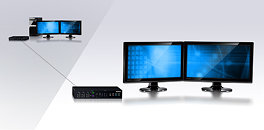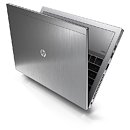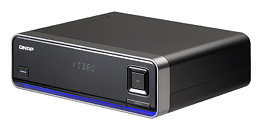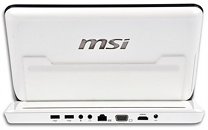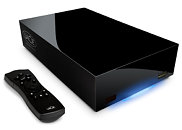
Matrox Introduces Avio Series Dual-DVI Fiber Optic KVM Extender Solution
Matrox Graphics Inc. today unveils Matrox Avio Series, a new line of fiber optic KVM extenders for graphics intensive design and visualization applications within the process control, automotive, oil & gas, and government and military markets. The KVM extender transmitter/receiver pair enables users to secure the host computer in a climate-controlled machine room by capturing the system's I/O functionality and extending it up to 1000 meters over a single fiber optic cable.
The feature-rich Avio Series supports uncompressed dual single-link DVI or one dual-link DVI video-at full resolution and frame rate-keyboard, mouse, stereo analog audio, and multiple USB HID and USB 2.0 peripherals, while making available a secondary user to access the host computer from the transmitter unit. Avio's flexible design is compatible with Microsoft Windows, Mac OS X, and Linux/Unix operating systems, allowing IT departments to standardize on one solution for enterprise-wide deployments. Matrox will be showcasing the Matrox Avio technology at InfoComm 2011 in Booth 4063, from June 15-17, 2011.
The feature-rich Avio Series supports uncompressed dual single-link DVI or one dual-link DVI video-at full resolution and frame rate-keyboard, mouse, stereo analog audio, and multiple USB HID and USB 2.0 peripherals, while making available a secondary user to access the host computer from the transmitter unit. Avio's flexible design is compatible with Microsoft Windows, Mac OS X, and Linux/Unix operating systems, allowing IT departments to standardize on one solution for enterprise-wide deployments. Matrox will be showcasing the Matrox Avio technology at InfoComm 2011 in Booth 4063, from June 15-17, 2011.
